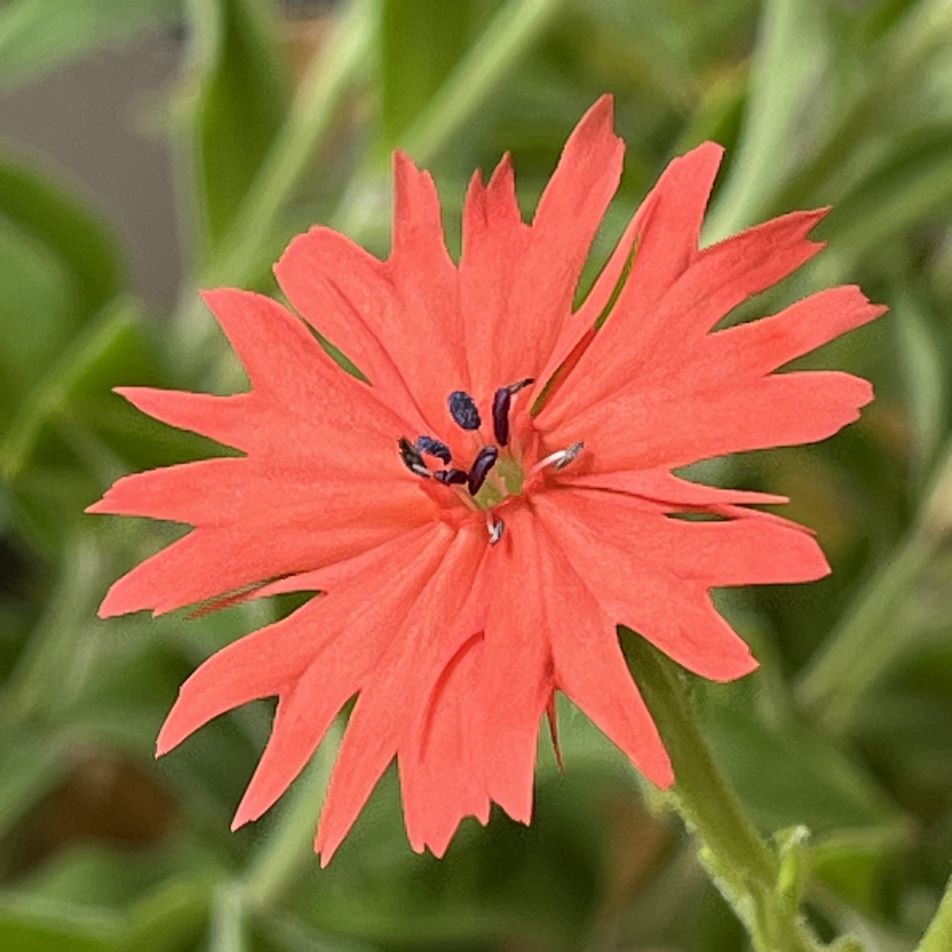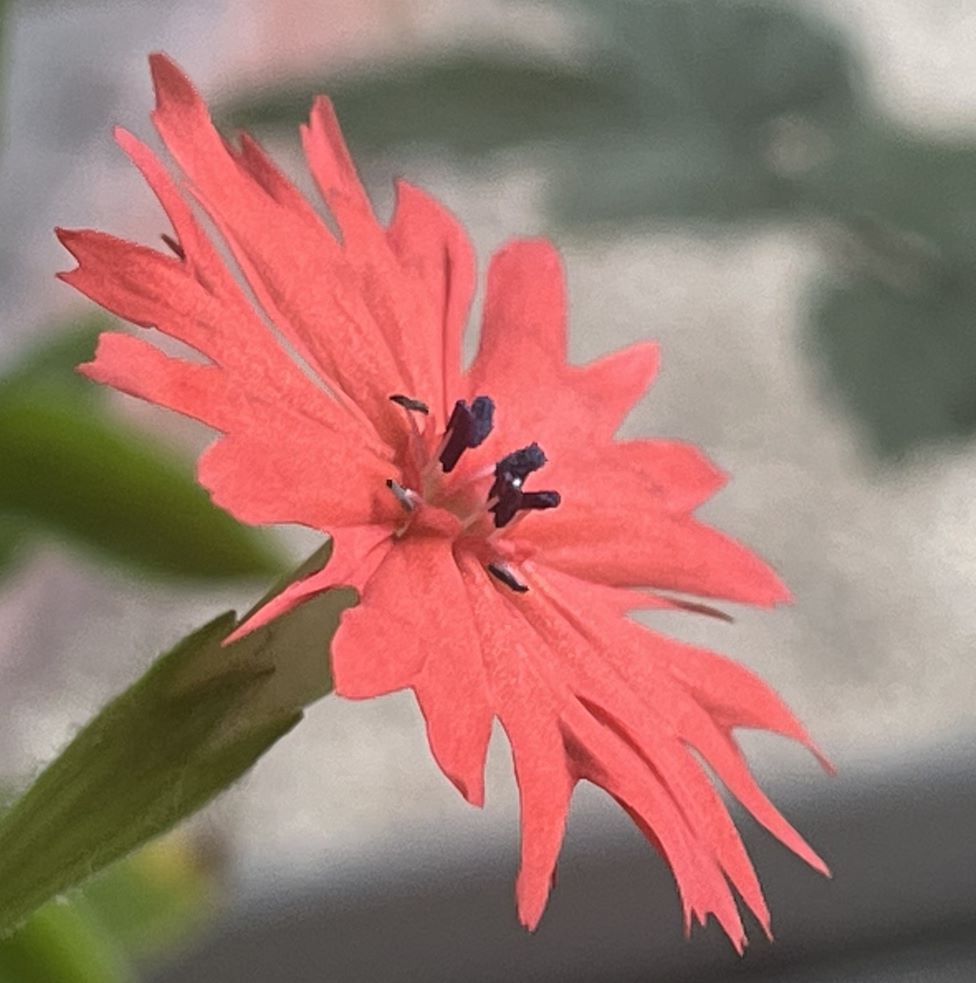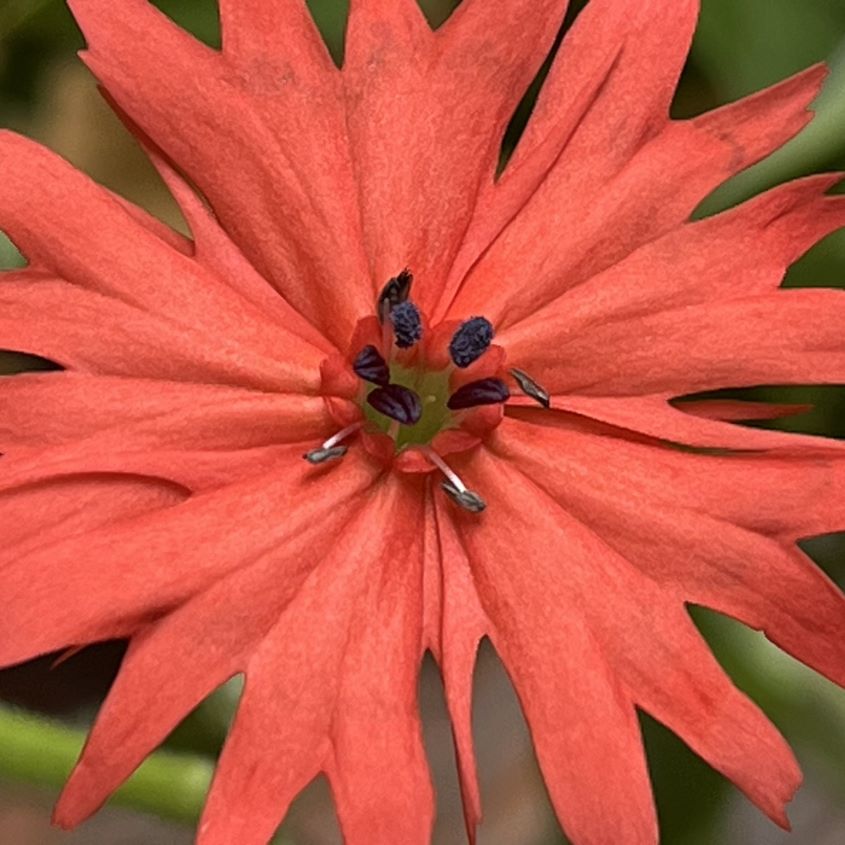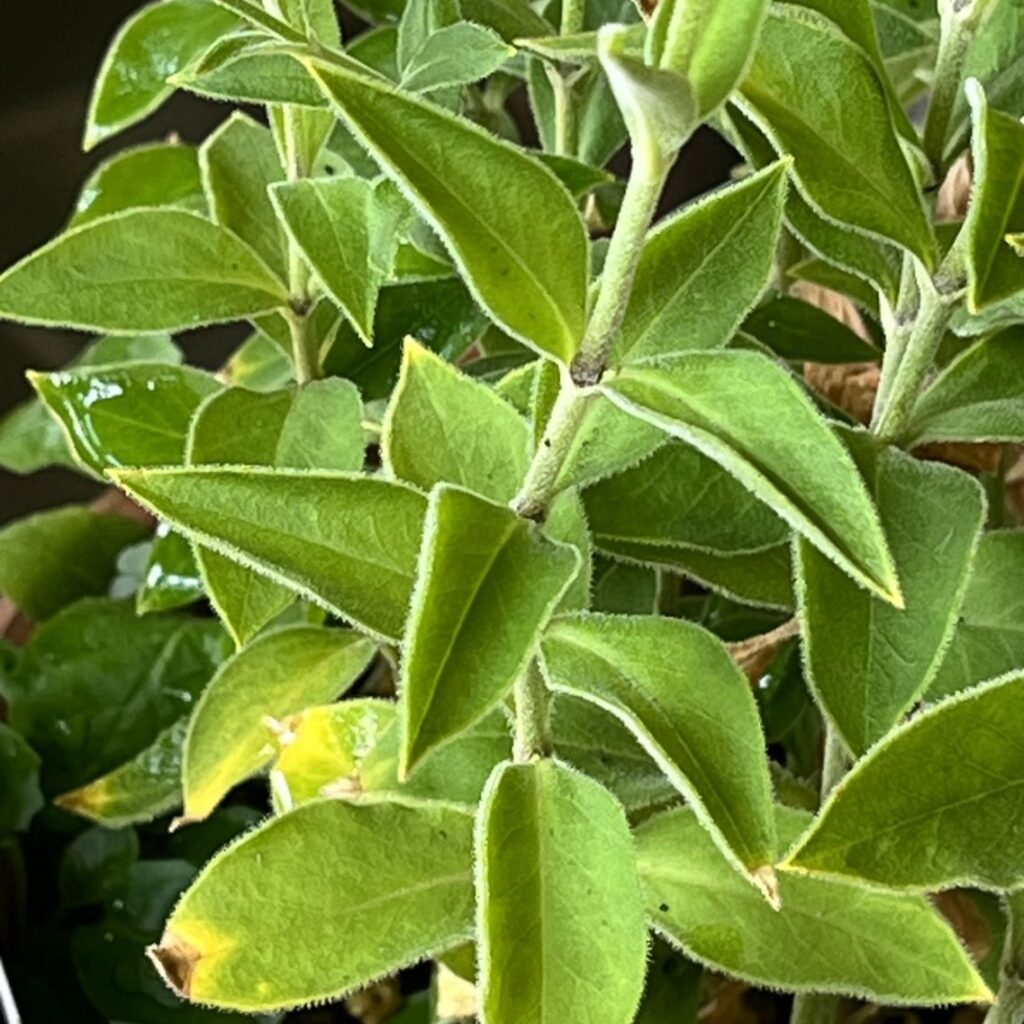センノウは原産地が中国の長江流域。鎌倉時代から室町時代にかけて渡来し、京都の嵯峨にあった仙翁寺に因んで和名「仙翁」となりました。
Silene bungeana is native to the Yangtze River basin in China. It was introduced to Japan during the Kamakura and Muromachi periods. The Japanese name was named after a temple in Saga, Kyoto at that time.
【仮名】センノウ, センノウゲ
【和名】仙翁, 仙翁花
【英名】Lychnis (Silene bungeana)
【学名】Silene bungeana
【誕生】11/ 08
【開花】07, 08, 09月
【花色】Red, Orange
センノウ
センノウの概要

センノウはナデシコ科マンテマ属の多年草です。原産地は中国の長江流域で漢名「剪紅紗花」。全草が生薬として尿閉、腫れ、打撲傷などに用いられました。日本へは鎌倉時代から室町時代にかけて観賞用で渡来。かつて京都の嵯峨にあった仙翁寺に因んで和名「仙翁」となりました。
センノウの学名

センノウのラテン語の属名シレネはギリシャ神話に登場する半人半馬の水の精「シーレーノス」に由来。大量のワインを飲み、いつも酔っている一方、人間にとって大切な秘密をもたらします。種小名ブンゲアナは19世紀ロシアの植物学者アレクサンダー・ゲオルク・ブンゲへの献名。
センノウの姿形

センノウの葉は幅広の披針形で茎に対生。茎と葉に短い毛が生えています。花は花弁が5枚、雄しべが10本、雌しべが5裂。花弁は小さな副花冠で繋がり、先端に不規則な切れ込みが入ります。中国では花後に蒴果を結ぶ一方、日本では3倍体なので不稔。挿し木や株分けで殖えます。
Silene bungeana

Silene bungeana is a perennial plant of the Caryophyllaceae family. It is native to the Yangtze River basin in China. The whole plant was used as a herbal medicine for urinary retention, swelling, bruises, etc. It was introduced to Japan for ornamental purposes during the Kamakura and Muromachi periods. The Japanese name was named after a temple in Saga, Kyoto at that time.
The Latin genus name of Silene bungeana comes from “Silenus,” a half-man, half-horse water spirit that appears in Greek mythology. He drank a lot of wine and was always drunk, but he also brought secrets that were important to humans. The specific name is a tribute to Alexander Georg von Bunge, a 19th century Russian botanist.
Silene bungeana has broad lanceolate leaves that grow opposite the stem. The stem and leaves are covered with short hairs. The flower has five petals, ten stamens, and a five-lobed pistil. The petals are connected by a small corona with an irregular notch at the tip. In China, the plant produces capsules after flowering, but in Japan, it is triploid and therefore sterile. It can be propagated by cuttings or division.


